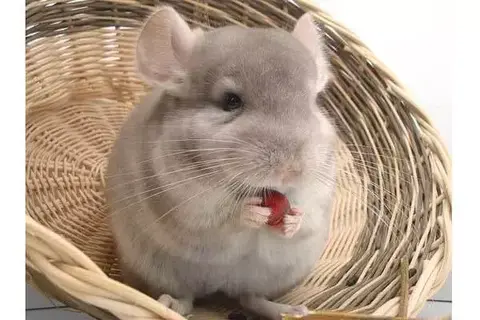Interesting Facts About Dingoes
Lucas TorresThe dingo looks like another representative of the family Canidae – a hound. It has a tightened muscular figure. Her head is square, big fangs, ears junkie, and long fluffy tail. The wool is red-brown, short, but thick. On the abdomen and face wool, there is a lighter shade. These are not all interesting facts about dingoes. The dingo is inhabited in Australia and the south-east of Asia. In the Australian steppes, a dingo catches rabbits, birds, reptiles, and attacks a kangaroo. Asian dogs live near people and eat mostly food scraps. This review presents the most interesting facts about dingoes.
7 facts about dingoes
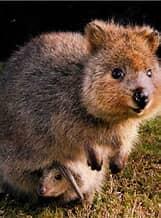
1.The history of dingo appearances in Australia is full of mysteries. It is believed that dogs were brought to the continent by humans, and then abandoned. Dingoes adapted to local conditions and were feral.
2.Dogs have high intelligence. It is very careful, rarely falls into traps, and bypasses the poisoned bait. It is tamed badly.
3.An Australian dingo reaches half a meter in height, its body length is one meter, and more, its tail looks like a fox – its length is more than 25 cm. Weight can reach 24 kg. Asian dingoes are much smaller than their brothers.
4.Dingoes prefer to live on forest edges, in bush thickets, in semi-desert places. The lair is located not far from the pond. It goes hunting at night.
5.Dingo cubs are born once a year (6-8 puppies). They eat their mother’s milk until 3 months. And then they eat the food burped by the mother and other representatives of the pack. After five months, the offspring hunt together with the pack.
6.Dingoes are often crossed with domestic dogs. Progeny turns out to be more fertile and aggressive.
7.In a family pack of dingoes, there are 3 to 10 individuals, which are grouped around the dominant pair. Each family has a protected area.
Top 3 most interesting facts about dingoes
1.Dingoes are tireless hunters. They can chase the victim for hours while developing a speed of about 55 km / h.
2.Australian dogs attack flocks of sheep. Once in the herd, they cut out as much as they can before a man appears. Farmers consider dingoes enemies and shoot them off. Dogs are hunted both alone and in packs.
3.Dingoes, unlike ordinary dogs, do not know how to bark. They squeal, growl, or howl.
More interesting facts about dingoes
If someone in the dingo family, in addition to the dominant female, gives birth to cubs, the alpha-female kills them. But its offspring protects itself amusedly. Once she only feels something suspicious at the lair, she will immediately move the cubs to another safe place.
Did you like interesting facts about dingoes? Share it with your friends.
See also 23 interesting and fun facts about dogs
Facts About Dingoes
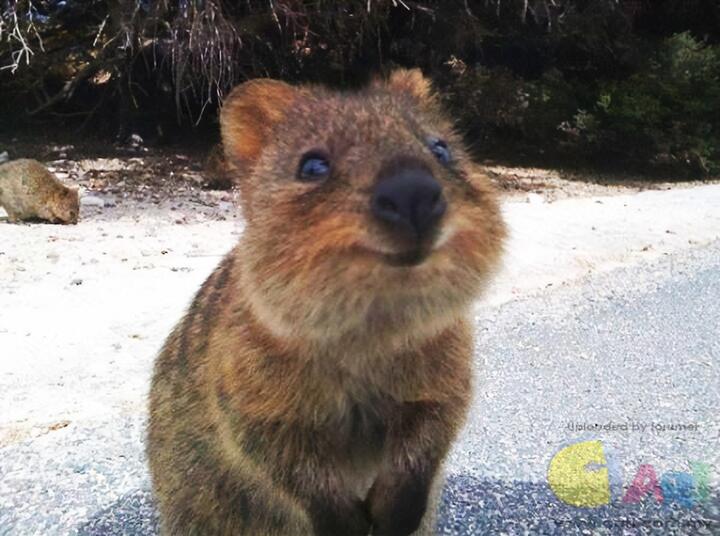 Image from cforum.cari.com
Image from cforum.cari.comMany people do not know that dingoes are related to Australia’s indigenous dogs. The animal comes from the ancient lineage of dogs and has several scientific names in different publications. In addition to its Australian name, the dingo also goes by several other names, including the wallaby, kangaroo, and possum. Here are some interesting facts about dingoes. Let us learn more about this amazing creature!
The dingoes are a small, wild canines. They resemble wolves more than dogs, although they are closer to dogs than wolves. It is not known if humans ever domesticated these animals as pets, but they did have a short history of hunting animals. They are descendants of the South Asian gray wolf variety. This species has many fascinating facts and is an ideal book for young children.
Dingoes have a long and thick tail and a muscled body. They can live for up to 13 years. They usually give birth to five pups each year. The gestation period is about 63 days and the pups are fully grown at six to eight weeks. Typically, dingoes will find a mate when they are three years old and live for an average of thirteen years.
Because of their unique features and abilities, dingoes are well-equipped for the outback. Their head can rotate up to 180 degrees, whereas owls can only turn their heads between 45 and 70 degrees. Their claws are used as hands and can catch their prey. Because of this, dingoes are considered to be a nuisance for livestock. This is why they have to be controlled and fenced in.
These facts about dingoes will make you want to visit Australia to see one in person! This book is packed with fun facts and will appeal to the nature lover and budding wildlife scientists alike. It will inspire you to get up close and personal with these lovable creatures. So, start learning about these native animals today! There’s so much more to learn about this remarkable creature! And, as you go, don’t miss out on all the other fascinating facts about dingoes!
Dingoes are native animals of Australia. They live on the mainland, but they never made it to Tasmania. The animals came to Australia after the Bass Strait was formed. They also live in the tropical rainforests of Southeast Asia. There are different types of dingoes, but there are three main species. You can read more about them in this book. It’s full of interesting facts about dingoes that you will be surprised to know.
In addition to their Australian heritage, dingoes are found throughout the Australian mainland. They were originally confined to Tasmania until the formation of Bass Strait. Now, you can find dingoes in the rainforests of Southeast Asia. But you must be careful. The dingoes have been bred with other animals over the years. This means that they’re not as pure as they once were.
Dingoes are found throughout the Australian continent. They have never lived in Tasmania. They were introduced to the mainland after the Bass Strait was formed. In addition to their native Australian habitat, they are also found in tropical rainforests in Southeast Asia. Among the three main types of dingoes, the western grey, eastern and southern species are the most widely recognized. In Queensland, the dingoes are mainly seen in forests, although they can also be found on the islands of New Zealand.
While the dingo is a native Australian animal, it is far more closely related to wolves than to dogs. The dingo’s coat and ears make it similar to that of a dog, but it’s actually larger. The tail is the primary means of communication between dingoes and humans. Moreover, the dingo’s size makes it a natural prey for small animals. Despite being a small and solitary animal, it is the most commonly seen species in the country and is the most common.
As mentioned, dingoes live in packs. The pack typically has 10 members, and these animals travel and hunt together. The hierarchy in a pack is highly contested. The dominant female is the leader of the pack. She leads the pack and kills the offspring of the other females. The rest of the pack is responsible for the care of the dominant female’s offspring. If the female isn’t available, the others take care of her young.
- DogsHelp Dog Ear Problems Naturally
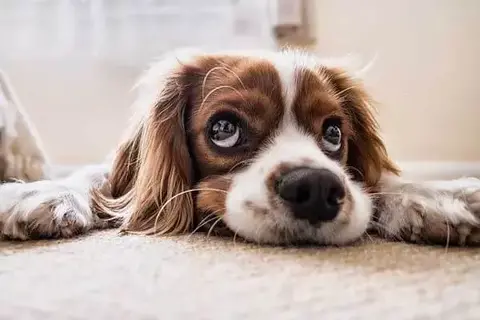
- Dogs12 Dog Movies That Will Have You In TearsBy Lucas Torres
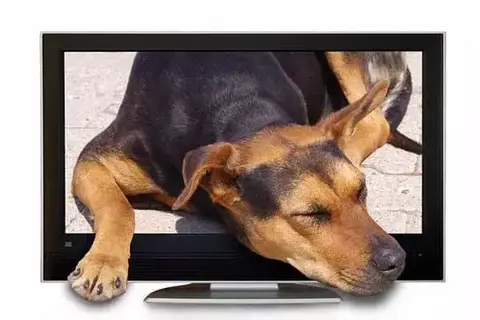
- WildlifeWhat Do Giraffes Eat?By Murphy Scott

- RodentsCan A Hamster And A Cat Live Together?By Noah Young

- WildlifeWhat Do Lions Eat In The Wild And In The Zoo?By Noah Young
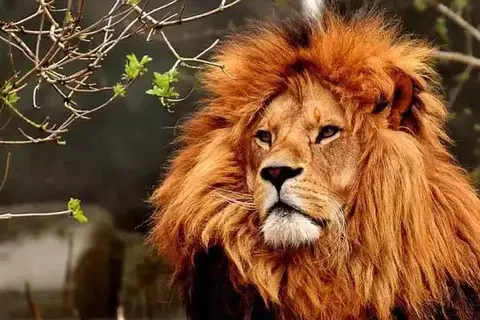
- Rodents50 Interesting And Amazing Facts About HedgehogsBy Evelyn Star

- WildlifeWhat Do Doves Eat In The Wild And At Home?By Khai Dove

- Wildlife20 Fun Facts About KoalasBy Noah Young
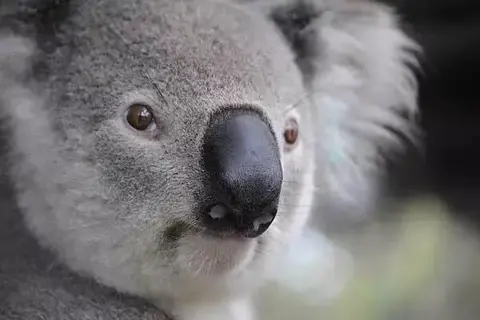
- Birds7 Interesting Facts About SwansBy Charlotte Green
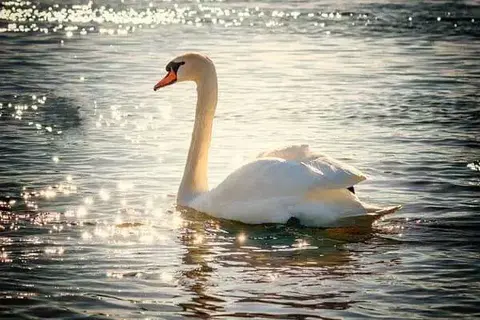
- DogsWhat Is Chinchilla Life Expectancy?By Khai Dove
